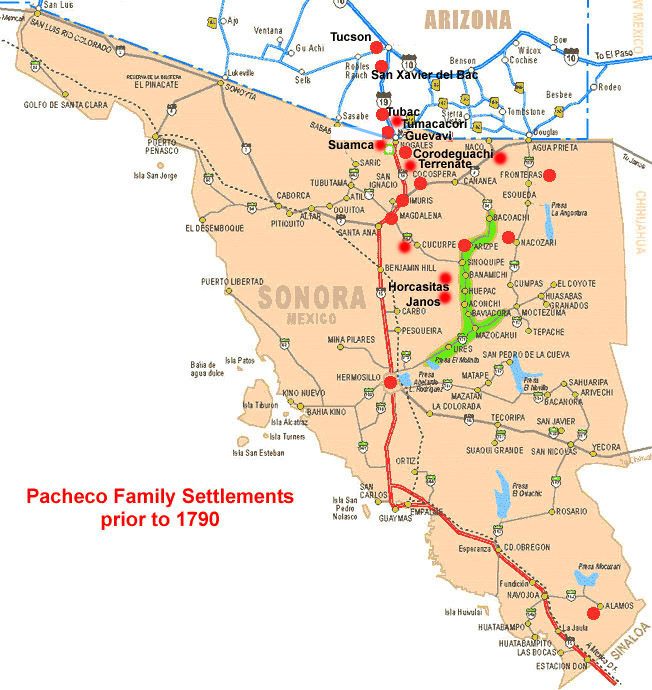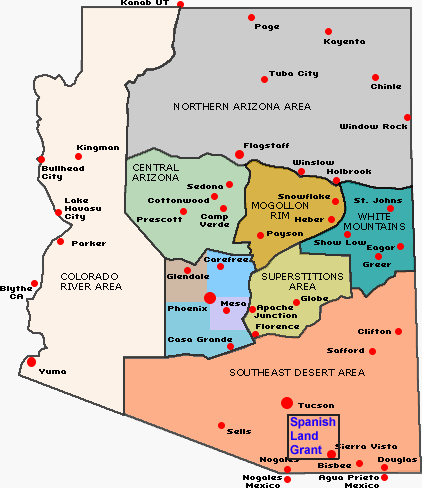|
The prestigious surname Pacheco originated in
Spain, a country which has figured prominently in world affairs for hundreds of
years. The name Pacheco became a hereditary surname in Spain after it was
brought from Portugal. This ancient surname dates back to Roman times and in 92
BC, a Roman general named Vivio Pacieco, who descended from Lucio Viminio
Pacieco, served Julius Caesar in Andalucía. One of Vivio's descendants, Don
Diego López Pacheco, who was also known as "el Grande" and was Ricohombre of
Portugal, was the first bearer of this name in Spain. Spelling variations
of this family name include: Pacheco, Pachico, Pachón, Pachon and others.
First found in Castile, prominent among the Christian kingdoms of medieval
Spain in 1230. Some of the first settlers of this family name or some of its
variants were: Among the early explorers of the New World was Alonso Pacheco,
who voyaged to America in 1534 with the governor of Venezuela, Jorge Spira.
Other settlers to the New World include Pedro Pacheco, who arrived in America in
1510.
Based on all of the Pacheco Family information so
far, this could be the travel line of our Pacheco's from Spain. The red
line is us, the blue line are our "cousins" to New Mexico. The
black line is possible in the early 1700's.


I would base the speculation, that our branch of
the Pacheco "tribe", were adventurers. You will find numerous
Pacheco's in all major areas of the country, especially from DF to Chihuahua,
starting in the early 1600's. There are numerous Spanish cities, where the
Pacheco's migrated from. In my research, the conquistadors were primarily
from the poorer areas of Spain, such as the Extremadura area (Trujillo for
example, as Cortes and Pizarro were from that area), Basques from northern Spain
(Durango for example), and Andalusia (Granada for example). After it was "safe",
numerous larger cities that had the Pacheco's, migrated. You can see heavy
migration in the early 1600's.
It took about 3-4 months to leave Cadiz, arrive
in Havana, then on to Vera Cruz. All on a wooden ship!
There were numerous Pacheco's that migrated north
into central New Mexico in the middle 1600's from Chihuahua. The main reason, I think,
was the passive indigenous tribes, that were easily conquered by previous
military expeditions. In fact, there was a Governor by the name of
Pacheco, for that region.
The adventurous side of our branch, I think,
settled the area of Jalisco with the conquistador
Nuno de Guzman in the 1530's.
Numerous Pacheco's were among the expedition. The
expedition in 1530,
established
Nueva Galicia
(parts of Aguas Calientes,
San Luis Potosi, Jalisco
"Guadalajara", and Zacatecas).
Many of these men
became wealthy land owners and settled in the area.
They could have also treked their
way from Vera Cruz, to Puebla, up to Zacatecas, San Luis Potesi, Torreon, across
to Durango then north to Chihuahua, across to Janos in Sonora, where there were
Pacheco's, including a Francisco Pacheco, soldier, in the 1680's.
Within 70 years, there were large silver
strikes in what is now Alamos, about 500 miles north of Jalisco, about 200 miles
south of Hermosillo (Pitic). Some Pacheco's settled in Alamos.
Then I think, it was the natural progression for the adventurers to proceed
north, as more mineral strikes were discovered in the mountainous areas north of Pitic.
There were also major finds in what is now Durango, Chihuahua and Sonora.
I would also say that the Pacheco's were cattle
ranchers/soldiers/farmers/land speculators that settled and developed the areas.
But, for what ever reason, they kept migrating north. About 1684, the King
of Spain gave the
Pacheco Family a land
grant, comprising of about 50 square
miles, that may have had a starting point about 10 miles south of Tucson (about San
Xavier del Bac), down to the north of Nogales area, east to the Rincon
mountains, and north 50 miles and west 50 miles to the starting point, south of
Tucson. This has to be certified. The information is from the Richard
Pacheco family newspaper clipping in the web sites.

If it is true, then the Rafael
Pacheco-Zevallos family would have received it, as they were there (Nacosari-Basochuca/Sonora) about
1680. Also, they would have needed a lot of money to "buy" a grant, as well as influence.
Nacosari was a great mining area of gold-silver and copper. His son's were
Ignacio and Francisco.
That was a nice gift, but what one has to
understand, in that time-period,
those
approximated 50 square miles "housed" some of
the most vicious "tribes" on the earth. Apache, Pima/O'Odham,
Chiricahua, Coyote, Yaqui, to name a few. There was no way that a family
enterprise would conquer, even with the help of the colonists army, the
"tribes", or that they would control the region, even in part.
For the Pacheco's in that area, as well as
everybody else, from about 1680 to 1880, it was constant warfare with the
"tribes". The worse time period for warfare was 1740 to 1790, by
far. And that is not counting the epidemic's, that were constantly rampant.
We have the links of the Pacheco name, from Nabor
Pacheco to his great-great-great grandfather, Juan Jose Pacheco, raised in the
Guevavi area and Jose Ruiz Pacheco, raised in the Tubac area. In a census of 1767 in Tubac, Jose
Ruiz Pacheco was listed
as living with someone, without a family (at the same time, Maria Carmen Romero,
daughter of Nicholas was also living there).
He was designated as a youth in
the neighborhood. Could it be that his parents were killed or died from an
epidemic? At that time, Captain De Anza had the settlers moved to Tubac and Tumacacori. All of the
surrounding areas were not safe.
I am still trying to find the grandparents of Jose
Ruiz Pacheco, and where
they were born. This of course will lead to other links, of all the Pacheco
families leading to about 1730, and also leading to the founding
family in Spain. I have established the Pacheco family names that count to
about 10,000, from the 1400's through the 1800's.
There were numerous, and I do mean numerous settlements
in the surrounding Tubac areas where the Jose Ruiz Pacheco family could be from,
other then Tubac. My calculated guess is Guevavi. After his marriage to Maria Carmen Romero, they appeared
to have lived in Tubac.
In the final analysis, before all of the
information is finally in, the Pacheco's of Arizona/Sonora, starting about 1680 were
"fearless". In contrast to the Pacheco's of New Mexico, there
must have been 100 settled in New Mexico, versus 1 in the Arizona/Sonora area.
Records of New Mexican Pacheco's are plentiful compared to the Arizona/Sonora
Pacheco's. It was probably the peaceful environment there, compared to the
war like conditions that never stopped, during the same period of the
1600-1700's. Church's with birth/marriage records in Arizona/Sonora were
constantly being attacked and destroyed by the indigenous people there.
Hence, minimal records discovered.
The Juan Jose Pacheco family is the missing link
for the complete connection of the Pacheco families from about 1400 to 2004. He
was born about 1720-1730. His father could have been Juan Antonio Pacheco
from Terrenate, about 30 plus miles south of Guevavi. Jose Ruiz Pacheco would have been born in 1752,
somewhere nearby, probably south, as Guevavi was destroyed. Still trying to find the link to Ignacio Pacheco,
born about 1708, son of
Rafael Pacheco, born about 1680. they have been the only other Pacheco's listed in the
general area at the
time, other than Francisco Pacheco, a soldier from Janos.
Francisco
Pacheco passed muster at Cocóspera on July 17, 1695 during the campaign against
the Pimas, with all of his weapons but not his three horses. He was present at
the inspection of the Janos Presidio on April 10, 1723, fully armed and with ten
horses and a mule. He had been serving at Janos for thirty-five years and was
fifty-three years old at the time, which means he was born in 1675 and joined
the Janos cavalry in 1688 at the age of thirteen. Thus, he was twenty years old
at the time of the Pima uprising and military campaign of 1695.
|